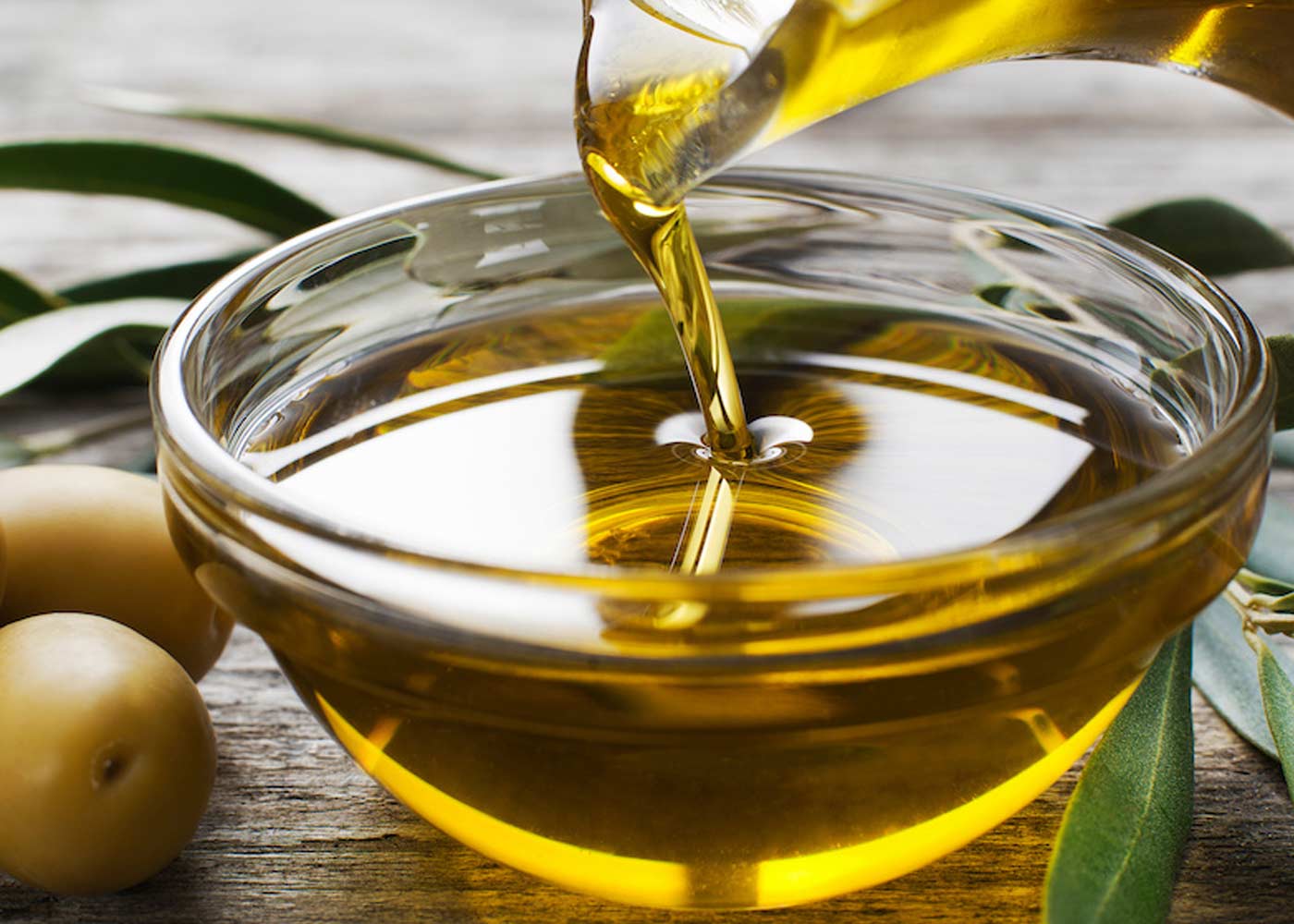
The 100-point scale is an extensive wine rating system that
takes aromas, tannins, and acidity into account. This scale assists tasters in
understanding and appreciating blind tastings at wineries, retailers, and
cellars. Learn how to rate wines with the help of James Suckling.
A Brief Introduction to James Suckling
James Suckling is a well-known wine critic in the industry.
In his forty-year career, he has tasted over 200,000 wines. He was the former
senior editor and European Bureau Chief of Wine Spectator, where he worked from
1981 to 2010. In 2010, James launched www.JamesSuckling.com, a wine website
that features extensive tasting reports, wine ratings, and tasting notes for
wines from all over the world.
There is also video content, blog posts, and information
about wine events on the website. His company now employs twenty-two people
worldwide. By 2021, the website had rated over 25,000 wines. Wine tastings have
been held in New York, Miami, Los Angeles, San Francisco, Hong Kong, Beijing,
Seoul, and Bangkok. Wine enthusiasts, sommeliers, and wine industry
professionals read the site's wine reviews.
What Is the 100-Point Wine Scale?
The 100-point system is a wine quality rating scale. Wine
scores range from 1 to 100, with 100 being awarded to the best wines. Whether
you're tasting chardonnay, pinot noir, rose, or a varietal from a new wine
region, this scoring system will help you better understand and break down the
quality of a wine. "We use that when we're tasting wines, and I also used
it at the Wine Spectator when I was there. "Robert Parker [of The Wine
Advocate] was a big supporter of the 100-point score," James says. "I
believe it is a simple way to communicate about wine. It's a simple way for you
to grasp the concept of quality."
How the 100-Point Wine Scale Works
Letter grades correspond to 100-point wine ratings: A is
excellent, and B is a good wine that is above average. "You probably
remember in school that 90-100 meant A, 80-89 B, 70-79 C, and so on,"
James explains. The wine scoring system is straightforward: "up to 15
points for color, 25 points for aroma, another 25 points for [the] structure of
the wine (texture, acid, alcohol; in a red wine, it's tannin balance), and
finally, 35 points for overall quality of the wine," according to James.
James approaches this process first and foremost as a
consumer. "If it's less than a B, I wouldn't bother. "Life is too
short to waste on bad wine," James says. Excellent wine is "90-94,
I'd like to drink that glass right now. 95-99, I want to drink the bottle all
by myself. My wife has left. My friend has left. It's incredible. I fell in
love with the bottle at 100. I took a whiff of the wine. I tried it. It was an
emotional experience. It moved my soul and heart. It was an experience I'd
remember for the rest of my life."



















